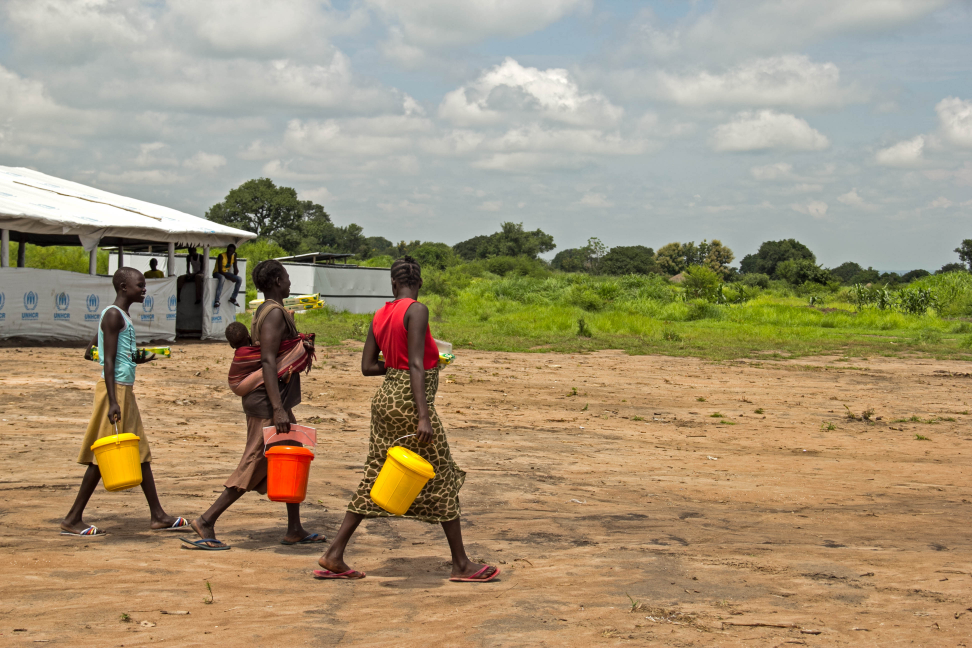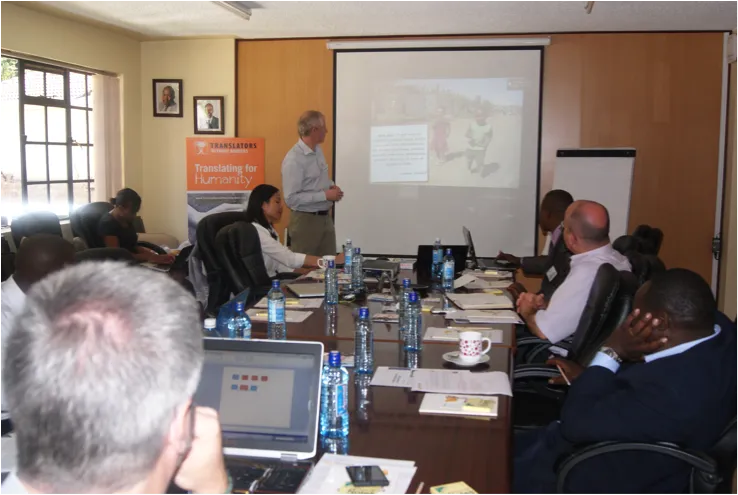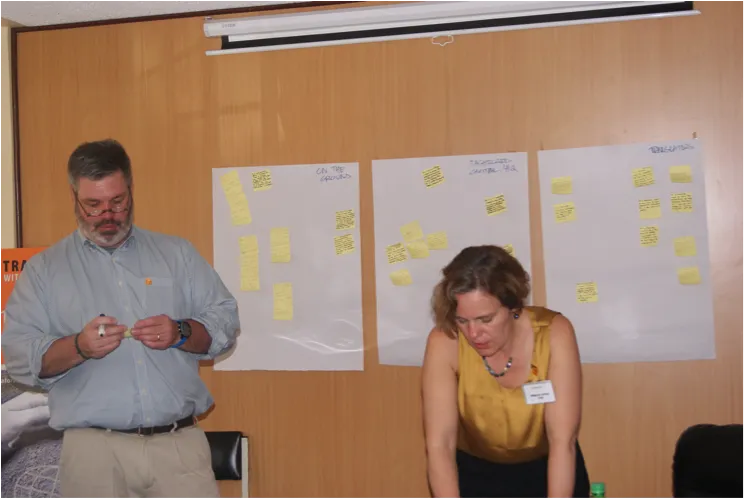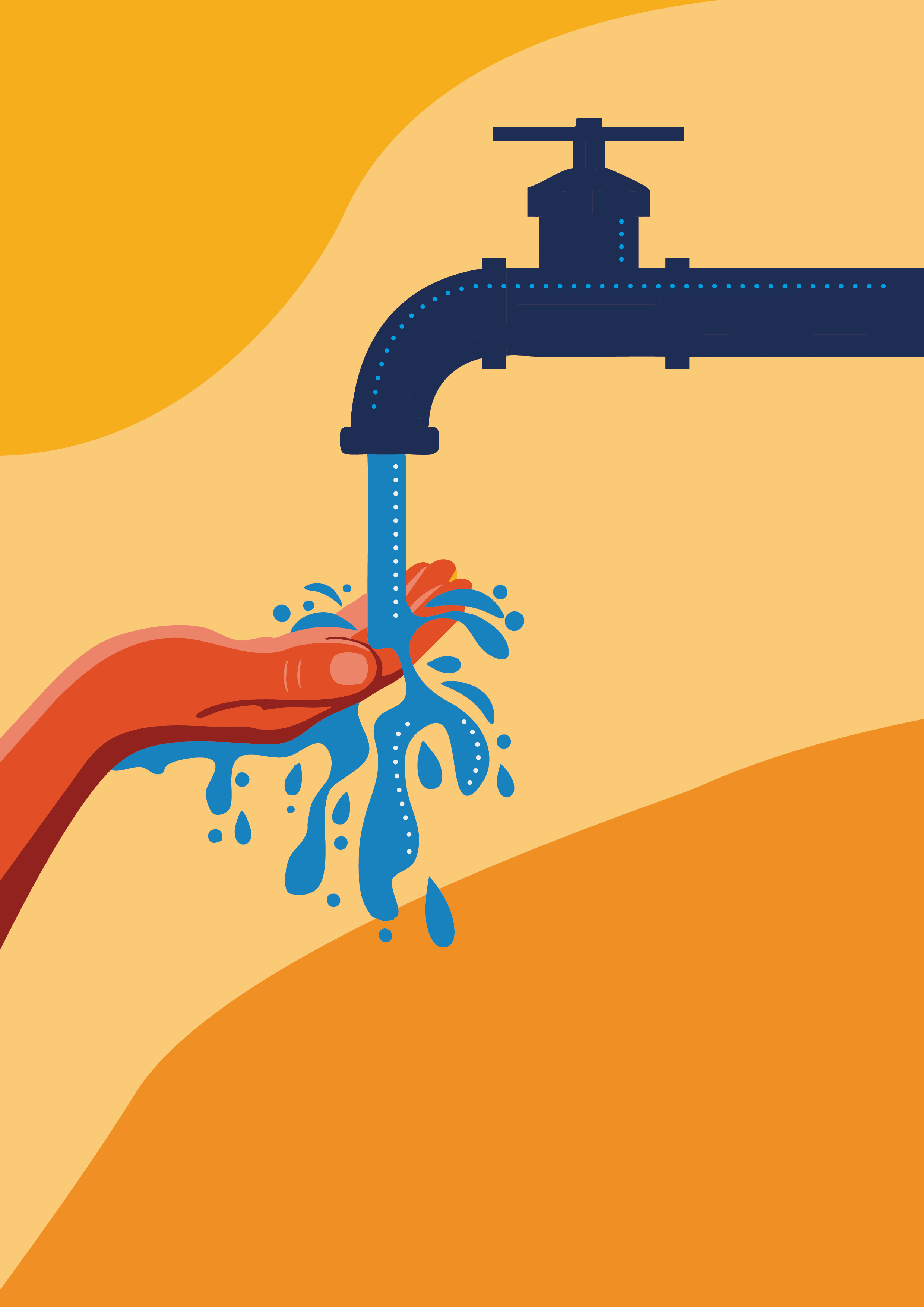Identifying the Need – Crisis Content in Swahili and Somali

What a month it has been for Translators without Borders’ Words of Relief team! With our team in place in Nairobi, Kenya, where we are piloting the Words of Relief concept, the fact finding stage began in earnest. Our goal: To make sure the first-ever translation crisis relief network that we are designing for aid organizations actually meets their needs.
Words of Relief is intended to bridge the communication gap that occurs when first responders do not speak the same language as affected populations. We are piloting the crisis relief network in Kenya because we are fortunate to have a trained staff and translation center in Nairobi and a good understanding of the language needs and crisis categories for the country. This allows us to take the time to get the various elements of the network just right.
First step: Input from aid organizations operating in Kenya (and Somalia), as well as from the Kenyan government. Late in February we began meeting with an array of organizations that are involved in some way with sudden onset crisis. We asked a series of questions, including what types of devices first responders use, the ways that they communicate with affected populations and the type of content or information that they provide to the community. We also presented the Words of Relief network to the organizations and received feedback on the overall concept.
We were fortunate to receive a wide range of feedback from a large group of organizations. We met with Internews, the Inter Agency Working Group on Disaster Preparedness in Nairobi, Medecins sans Frontieres (MSF), Frontline SMS, Ushahidi, RedR, Oxfam, IFRC, Info4Disasters, UNHCR, The Sphere Project, East Africa Regional Communications Group, UNICEF, WFP and CARE. Additionally, on 4th March we held a launch meeting with UN OCHA, IAWG, Humanity Road, BBC Media Action and the National Disaster Operations Center (NDOC) of the Kenyan government.
The most important feedback we received was that the issue of communicating with affected populations is truly a problem. Admittedly, first responders will often sweep the problem aside, but that is because they do not have a useful solution that they can deploy quickly. That is our job that is why we are creating Words of Relief.
We focused our questioning on two aspects of the Words of Relief network: What content should we pre-translate into major languages (starting with Swahili and Somali), and how should we design the Words of Relief Digital Exchange (WoRDE) app so that it is useful to field workers. In both areas we learned a lot and have already put this knowledge to work:
Pre-loaded information in the right language is very valuable to field workers.There is a vast amount of information that can be provided to the aid worker before he or she touches down or reaches a crisis location. In WoRDE, we will provide pre-loaded packages for crisis areas that will include lists of terms in the target languages. The terms will include everything from the Top 100 Disaster Terms (such as ‘injured’, ‘buried’, ‘bleeding’, ‘fire’ and more), to body parts matched to a body diagram, to more specific medical terms. Additionally, the pre-loaded packages will include ‘canned’ SMS messages that can be used with affected populations and sample tweets. All will be provided side-by-side English and eventually French to anyone with the WoRDE app.
As our friend at Humanity Road, Cat Graham, said: “Any nonprofit or disaster response agency working in social media would need the same tool - a place to store pre-canned local language messages and be able to select them so that they can be scheduled to tweet.”
To build this piece of the puzzle, we are working with the Infoasaid Message Library (managed by CDAC-Network), the IFRC Beneficiary Communications team, Info4Disasters, Humanity Road and others.
We need a simple solution for aid workers. We heard this over and over again. There are so many initiatives out there now to improve communications during a crisis. We do not want Words of Relief to be yet another tool that must be learned during high-pressure activations. We will be looking for ways to incorporate the WoRDE app in other tools and will work with governments and through major aid organizations to get our translated content out to affected populations. For example, we will partner with existing technology providers that are already evaluating tweets WoRDE will enhance their services by ensuring all tweets are evaluated regardless of language. Another example is to provide major organizations like UNICEF and CARE with the local language PSAs that they can incorporate in packages they provide to local or first-response radio stations.
First responders’ tools in the field are still quite simple. We need to understand how we deliver our WoRDE solution, and while the prevalence of smart phones among aid workers is increasing, most devices are still feature based. We are continuing to gain knowledge on this front and welcome input from any first responders. It is critical that we build something that can be accessed while in the field (in low-bandwidth situations).
Finally, we spoke extensively with the National Disaster Operations Center to make sure all work we do is coordinated with government response and also to ensure that our work is localized to Kenya. Putting this piece in place is critical in every area where we operate – documenting how we do it in Kenya will make it easier in the future.
So it was a busy month for our Words of Relief team – and now the work continues. We are well on our way to collecting 300,000 words of crisis content and have already begun translations into Swahili. We are assembling our Somali language team and will soon be working on the Spider Network. More next month!


Stay updated
Sign up for our newsletter to receive regular updates on resources, news, and insights like this. Don’t miss out on important information that can help you stay informed and engaged.
Related articles
.png)


Explore Elrha
Learn more about our mission, the organisations we support, and the resources we provide to drive research and innovation in humanitarian response.